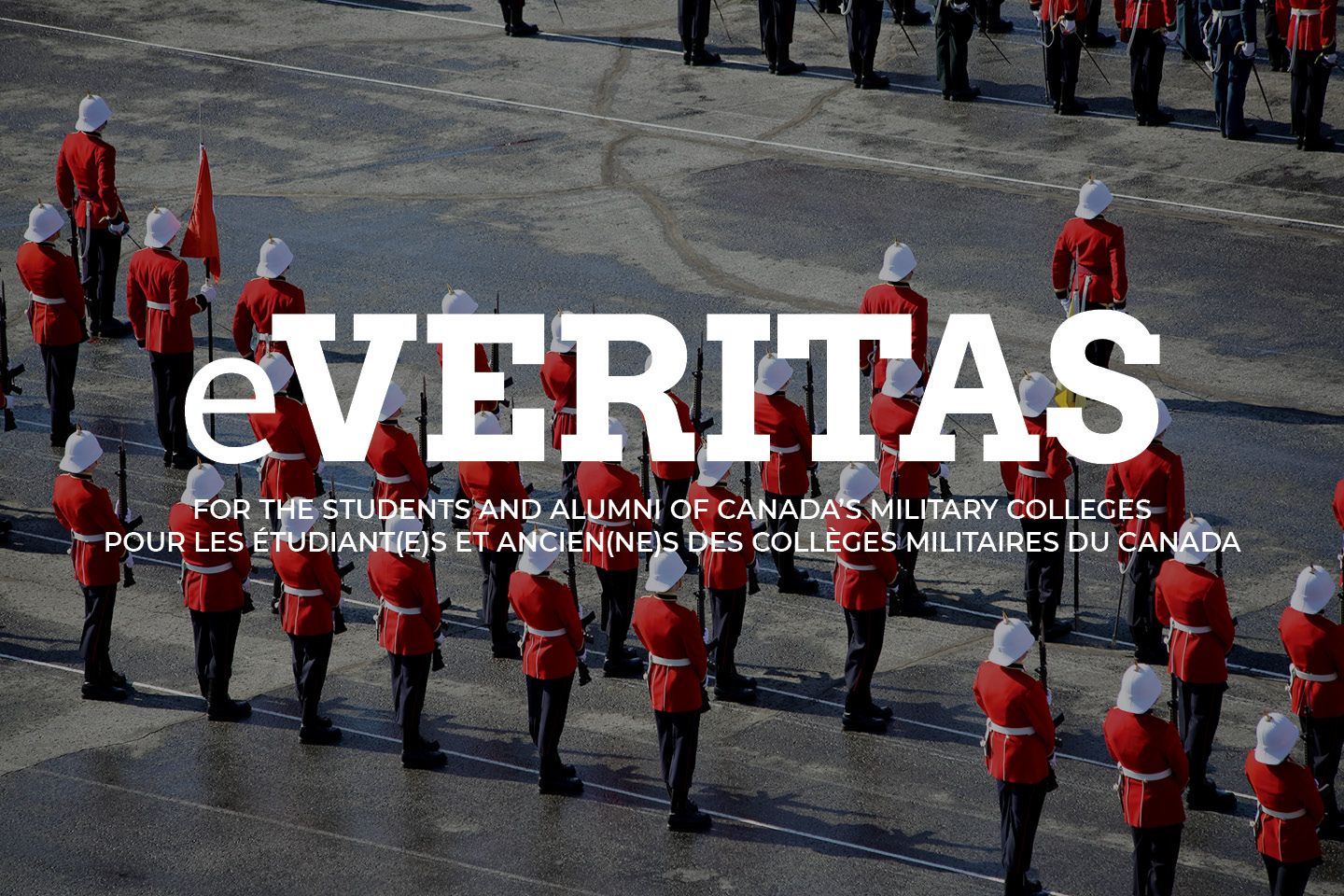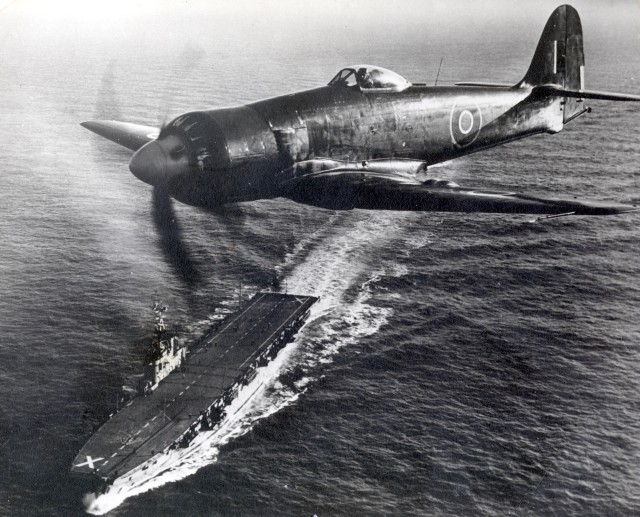
Mainguy, Mutinies and Mainstream Society: 1949 and the social turning point in Canada’s Navy
By: 16142 JJ Smith
2014 marks the 65th anniversary of mutinies in the Royal Canadian Navy that had far-reaching effects, ones which continue to influence leadership and terms of service in our navy today. The “incidents” as they would later be characterized in order to minimize the perceived seriousness of them and so the breakdown in naval discipline, occurred within a few months of each other in west coast warships. All had their roots in the then lack of a distinct national identify among Canadian sailors, the circumstances of their terms of service and of naval officer leadership that had occasionally been indifferent to the concerns of the lower deck.
In a process that could scarcely be repeated today, the Minister of National Defence Brooke Claxton convened a commission of inquiry that was chaired by the highly regarded Rear Admiral E. Rollo Mainguy, joined by Leonard W. Brockington and Louis C. Audette. Within months, their extensive visits throughout the RCN fleet, public and private hearings and hundred of interviews were complete and their findings presented to the Defence Minister. The laconically titled Report on certain “Incidents” which occurred on board H.M.C. Ships Athabaskan, Crescent and Magnificent and on other matters concerning the Royal Canadian Navy canvassed the causes of what in civilian labour terms would be called “work stoppages”, noting a number of underlying problems – largely of leadership – in the post-war fleet of 10,000 men. Extensive recommendations across the spectrum of engaging an increasingly democratic and sophisticated Canadian population into naval service were offered by the inquiry’s three commissioners. In many obvious respects, specific measures to ensure better working conditions and the leadership of non-commissioned members can be seen in today’s training programs, the RCN divisional officer system, and a genuine insistence that sailors have predictable or at least fair conditions of service.
The legacy of the Mainguy Report is more than historical. How the RCN socially evolved at a time of change in Canadian society is interesting enough. But the value of what the commissioners reported and recommended offers a contemporary lesson for leadership. The salutary commendation of the Mainguy Report, that the context in which men (and in recent decades, women) serve at sea should be borne in mind, could have been written today:
The social and economic uncertainties and changes, which affect Canada as they do the world … press with particular intensity on the lives of young men. It would be a miracle if the comparative isolation of men within the walls of a ship at sea should protect them from the disturbing influences which harass their companions and contemporaries on shore. It is obvious also that the Canadian Navy, like the British and American Navies, is itself in the process of readjustment, reformation and change.
The enduring lesson of the Mainguy Report is that of a hard won unique Canadian naval identity. Armed forces in democratic societies must necessarily reflect those societies, attitudinally and in their demographic composition. This is as much a matter of recruitment broadly across society as it is the required nature of armed services reflecting the societies they serve. In this respect, the Mainguy Report, adapted to our time, remains crucially relevant.
The Mainguy Report is available at the museum of the CFB Esquimalt Naval Museum website
***
A note from JJ Smith:
I do note a February 2009 eVeritas article on the same subject, rather well written: <https://everitas.rmcalumni.ca/?p=5202> My piece ideally complements that, and the Mainguy Report is of such relevance that it’s worth recalling periodically.
As to photos to accompany the article, the best are perhaps the several on the CFB Esquimalt Naval Museum webpage at: <http://www.navalandmilitarymuseum.org/resource_pages/controversies/rcn_mutinies.html> The photos have come from, and been attributed to the CF Photo Unit (as it then was) and so can evidently be used again in eVeritas with the same citation.
Now, as to other possibly useful photos, an undated aerial photo of HMCS Magnificent is attached, from the following website: <http://aircraft-carriers.webs.com/photogallery.htm>
Two photos of the Magnificent can also be found at this website: <http://www.readyayeready.com/ships/shipview.php?id=1239>
Other ship photos to possibly lend interest to the piece are at the same website, and that here for HMCS Crescent is perhaps the best: <http://www.readyayeready.com/ships/shipview.php?id=1111>
I was not able to find a photo of all three of the inquiry commissioners. That would have been preferable.
JJ Smith


